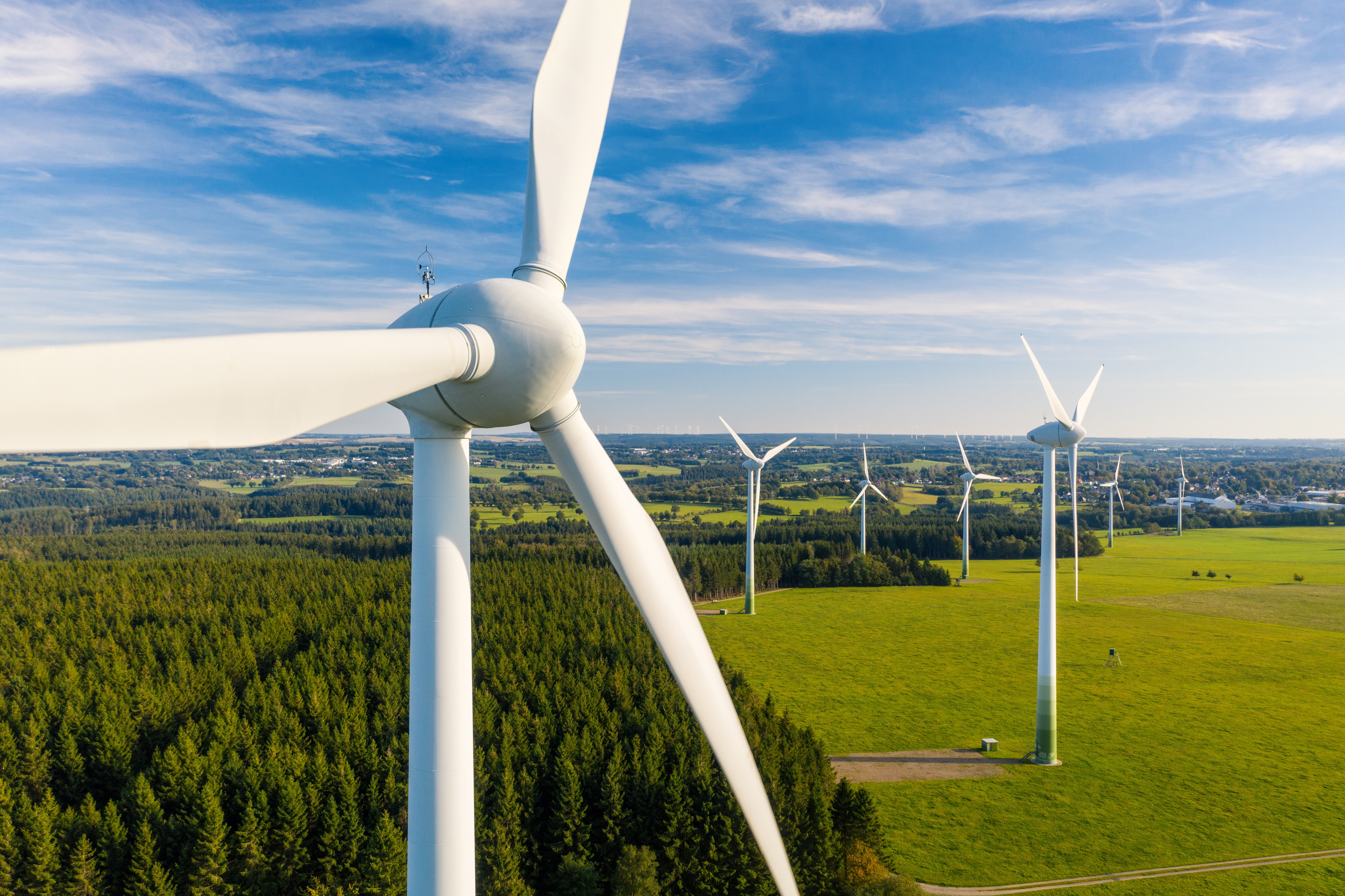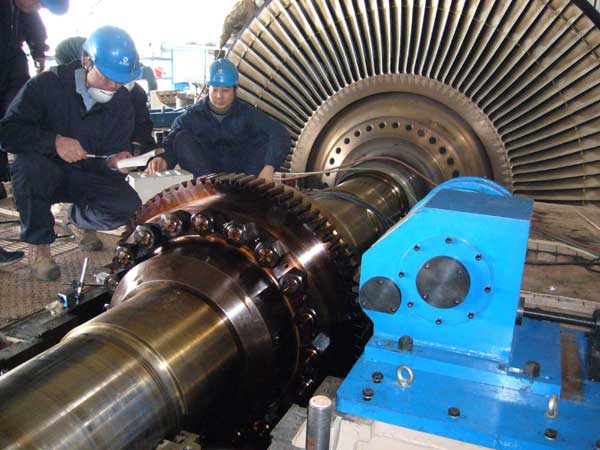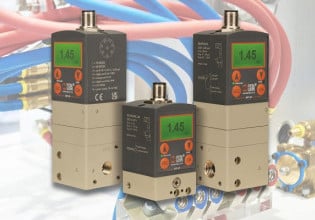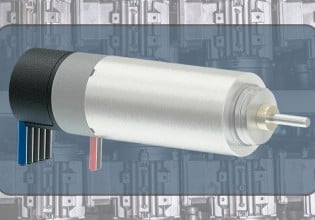Turbine Maintenance: Understanding Ratcheting and Turning Gears
Turbine ratcheting helps prevent damage by regulating a turbine's uniform warm-up and cool-down. In this article, we will discuss the principles and challenges behind this process.
Turbine operation is a sophisticated process that demands accurate control of several variables. For example, many turbines run at high speeds, producing heat and introducing temperature differentials. Moreover, temperature changes also occur during a turbine's startup and shutdown. These changes can be so severe that they may cause structural deformations and permanently damage the machine if not handled properly.
“Turbine ratcheting” helps prevent these issues by regulating the machine's uniform warm-up and cool-down. In this article, we will discuss the principles and challenges behind turbine ratcheting.
How Do Turbines Work?
Turbines are machines designed to transfer energy between fluids and rotating mechanical components. Depending on the direction of the energy transfer, turbines can absorb energy and affect the fluid pressure, or they can be used to produce energy when working along with a generator. The latter is the most commonly found type of turbine.

Figure 1. Windmills convert airflow into energy using turbines. Image used courtesy of Adobe Stock
The fluids used can be liquid or gaseous, like water, steam, or air. Hydroelectric plants, steam and nuclear plants, and windmills are some of the most well-known examples of turbines used in the power generation industry.
The infrastructure needed in power generation tends to be large in scale compared to what we normally find in industrial automation and the manufacturing sector. This includes the turbines themselves, especially within windmills and hydroelectric plant turbines.

Figure 2. Hydroelectric plant turbines are comparatively massive in scale. Image used courtesy of Adobe Stock
The sheer size introduces many engineering challenges, but large parts rotating at high speeds require additional dedication. This is where turbine ratcheting becomes necessary.
Temperature Differential
To understand how turbine ratcheting works, let us first take a look in detail at why this is necessary.
Consider a steam turbine at a power generation plant. In this case, fluid going through the turbine engine generates work (in physical terms, force x distance). By inducing the rotational motion of the machine, this work alone creates a temperature differential between the inlet and the outlet of the engine. A large portion of the energy from the flowing steam is transferred to the engine in the form of motion.
Also, the steam is heated to a temperature of at least 540 °C. In this superheated condition, the steam creates temperature differentials between the inner and outer components of the engine. The turbine shaft at the center receives the brunt of the heat transfer, while the outer casing is normally exposed to the temperature in the atmosphere but still receives some of the energy conducted from the steam inside. These temperature deltas allow each steam turbine component to expand and contract differently. Minimizing this temperature differential and its effects is an important consideration during the design and operation of a steam turbine.

Figure 3. Temperature and pressure differentials in steam turbines explained. Image used courtesy of Adobe Stock
What is Turbine Ratcheting?
The main goal of turbine ratcheting is to prevent damage by minimizing temperature differential during the startup or shutdown of the turbine.
In normal operation, turbines run at a nearly constant speed. However, there are times when the turbine needs to be stopped, such as when preventive maintenance work is due.
A turbine should not be abruptly stopped and left stationary because heat transfer is still occurring. If this happens, machine cool-down will be uneven, potentially leading to permanent deformations.
One type of deformation is called sagging. It occurs when the rotor bends downwards due to the combined effects of gravity and heat expansion.

Figure 4. Simulation of a turbine that has suffered excessive sagging. Image used courtesy of Istrate Energietechnik
The other type of deformation is called hogging. The effects of temperature also cause this, but the effects of gravity are exerted outwards, bending the rotor shaft up.
Both sagging and hogging occur to some degree, but it is crucial to minimize the deformation as much as possible. This is achieved by employing a turning gear. Turning gear operation is also referred to as ratcheting. Turning gear operation, or ratcheting, has two main purposes: to reduce hogging and sagging and to allow a soft and uniform temperature change.
The turning gear operates before the machine startup and immediately after shutdown. During the startup process, the turning gear must be turned several hours before reaching full system capacity. The duration of the prewarming phase depends upon the turbine’s characteristics. The turning gear will help to straighten the rotating shaft and eliminate concentricity errors created during the previous work cycle. The turning gear must operate for the minimum recommended duration; otherwise, running the turbine with eccentricities and deformation can cause serious damage.

Figure 5. A turning gear mounted on a steam engine. Image used courtesy of Sogears Manufacturing
Conversely, during the shutdown process, the turning gear engages and keeps the turbine rotating until the temperature has decreased to a set level at which the rotor can be left motionless without any damage. Some turbines take several hours and even days to reach that setpoint. Once the rotor has completely stopped and the turning gear disengages, the machine can be powered off and serviced. Normally, the turning gear is started up ahead of the turbine shutdown to allow both the main rotor and the turning gear to reach a low speed for the ratcheting to engage.
Avoiding Turbine Damage
Turning gears are vital components of turbine equipment. Turbine damage can be extensive if a turning gear fails and does not engage properly. In these circumstances, operators count on just a few minutes to troubleshoot or reengage the main rotor somehow before hogging begins. Extensive repairs must be made after such an event.






